Moving from nappies to using the potty or toilet is a big step for your little one, and some children are ready to take that step sooner than others. Here are some tips to help you work out when your toddler may be ready to start potty training and how best to begin.
Is your toddler ready to start potty training?
Most toddlers are ready to be potty trained between the ages of 18 months and 3 years. For some it’s a breeze, others take a little longer! Here are some handy tips to help you spot when your little one is on their way to being clean and dry.
Tip #1: Read the signs
Figure out your child’s pee and poo patterns: if they can stay dry for an hour or two, they’ve started developing bladder control and are ready to start potty training.
Tip #2: Talking pee and poo
Understanding instructions and letting you know what they want or need is an important part of being ready to toilet train. Your toddler will start to notice and maybe tell you when they’ve done, or are going to do, a poo or a pee. Sometimes, disposable nappies are so good at keeping the skin dry, it can be hard for your child to tell when they’ve wet – putting a little folded kitchen paper inside the nappy will help them notice when they feel wet and connect this to peeing.
Tip #3: I can do it

Being able to sit down on the potty and stand up again when finished is important for your toddler to master. Why not try making it into game when you’re practising? You could play music and ask them to sit or stand up when the music stops.
Tip #4: Tune into your child
You know your wee one better than anyone – it’s important to go at their pace and not start to train them before they’re ready, just because other people think you should, or because other children have learned earlier than yours.
Potty training: ready, steady, go!
It’s a good idea to pick a time for potty training when there aren’t lots of other big things happening, like moving house, starting nursery or bringing home a new baby. It takes time, lots of practice and plenty of patience! Here are some practical ways to get potty training off to a great start.
If you have twins, triplets or more, you may decide to start potty training them together. Or you may find that one is ready sooner, and start one at a time. You can find more tips for potty training multiples on the Twins Trust website.
Tip #1: We all 'pee and poo'
Talk to your wee one about ‘pee and poo’ – it’s a good idea to leave the toilet door open if you can when you or an older child go to the toilet. This will help your toddler understand what the toilet is for. Reading books together about potty training, or playing ‘potty training’ with teddies or dolls, can be a fun way to get your toddler involved and ready to get started.
Tip #2: Tune in to your child’s pee and poo patterns
It really helps to have a good idea of when your toddler usually has a poo and how long they can go without wetting. Check their nappy often – if it’s dry for an hour, use that as a guide as to how often to sit them on the potty when starting training.
Tip #3: Put them in comfy clothes
Make sure your toddler is dressed in clothes that are easy to take off, so that they can help with pulling down and pulling up. Avoid tights, zips and buttons.
Tip #4: Stock up on supplies
Have some fun with your toddler picking out their new underwear. Make sure you have plenty, as accidents are part and parcel of the process. Training pants are less absorbent than nappies and can be useful in the early stages of training as they allow your wee one to feel the sensation of being wet if they’ve had a pee.
Tip #5: My potty
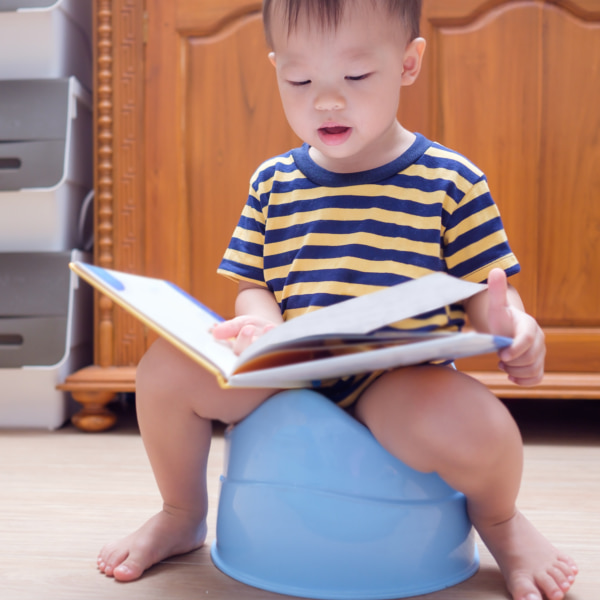
There’s plenty of choice when it comes to buying a potty, so let your child help choose a colour or pattern they like. Best to have one for each bathroom if there’s more than one in your house.
Some children begin training on the toilet with an adaptor seat and step right from the start. If you decide to do this, make sure the step you use is big enough, with good support for their feet.
Tip #6: Drink plenty
Drinking 6-8 cups (150mls size) of water-based fluids a day helps keep bladder and bowels working really well. It’s important not to restrict drinking to try and help children stay ‘dry’ during toilet training, as this can lead to them getting dehydrated and possibly poorly.
Tip #7: Good to go
Once you feel confident that you and your wee one are ready to start, choose the time and persevere. There will be accidents along the way but keep to a routine, follow our top tips for success and check out our page on troubleshooting for toilet training if the going gets tough!
 Activities & Play
Activities & Play Behaviour
Behaviour Childcare
Childcare Development & Growing Up
Development & Growing Up Family, Friends & Relationships
Family, Friends & Relationships Feeding Your Baby
Feeding Your Baby Food & Eating
Food & Eating Health & Safety
Health & Safety Mental Health & Wellbeing
Mental Health & Wellbeing Money & Work
Money & Work Online Behaviour & Safety
Online Behaviour & Safety Pregnancy & First Days
Pregnancy & First Days School & Education
School & Education Sleep
Sleep

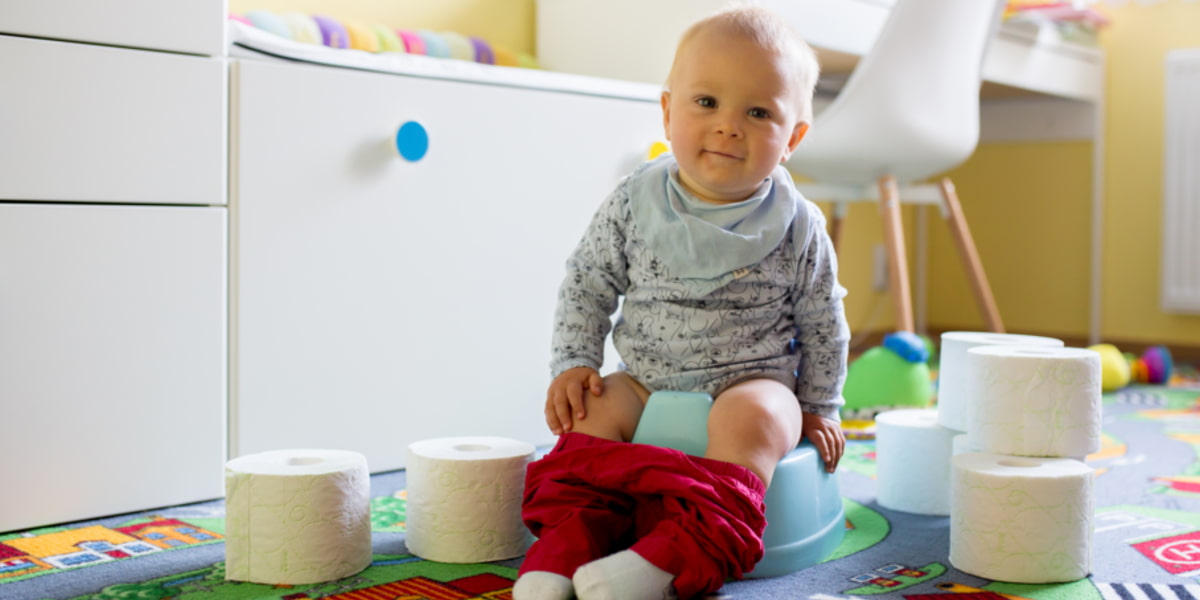
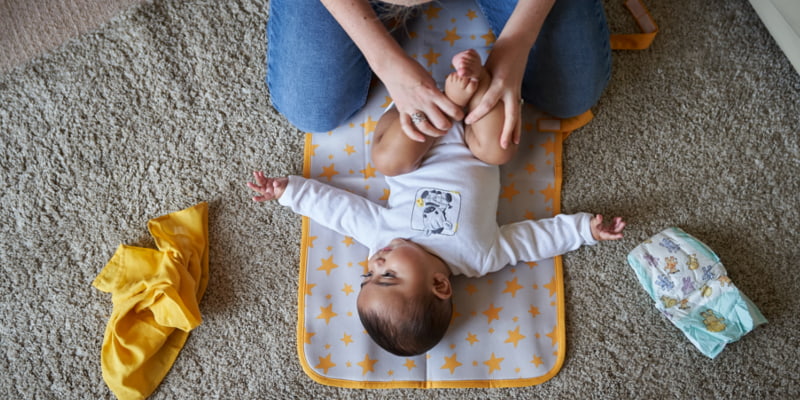
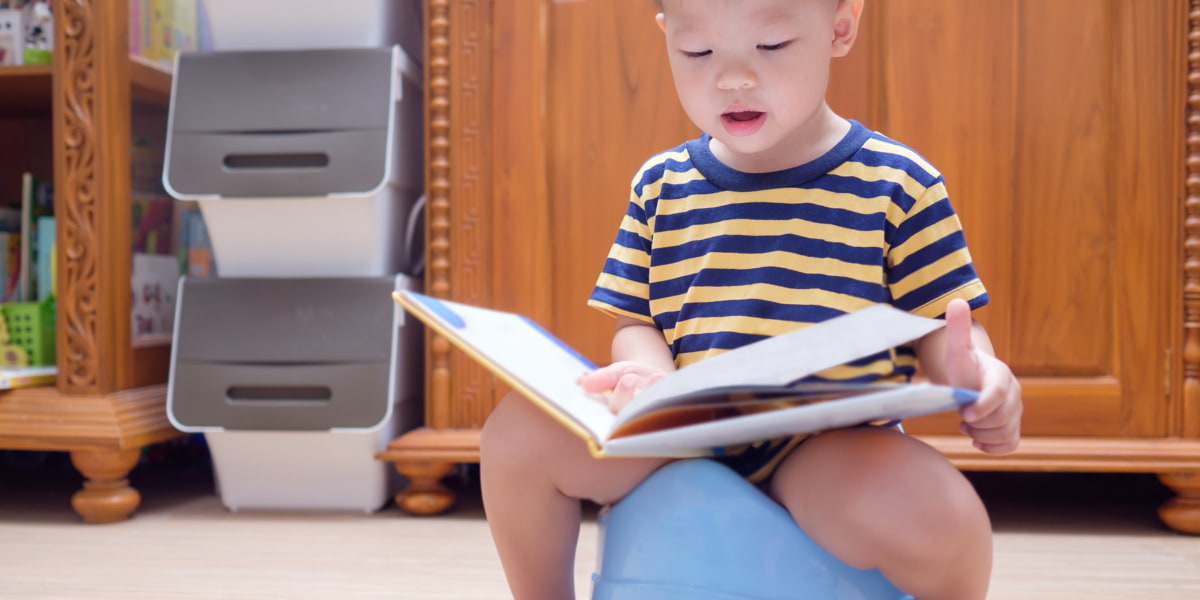
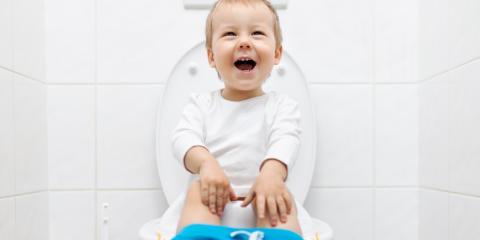
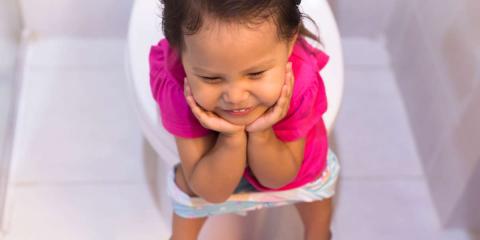
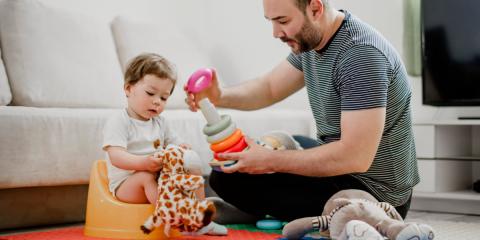
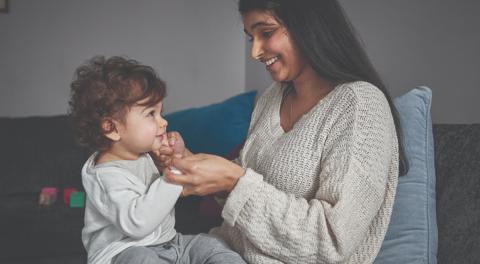
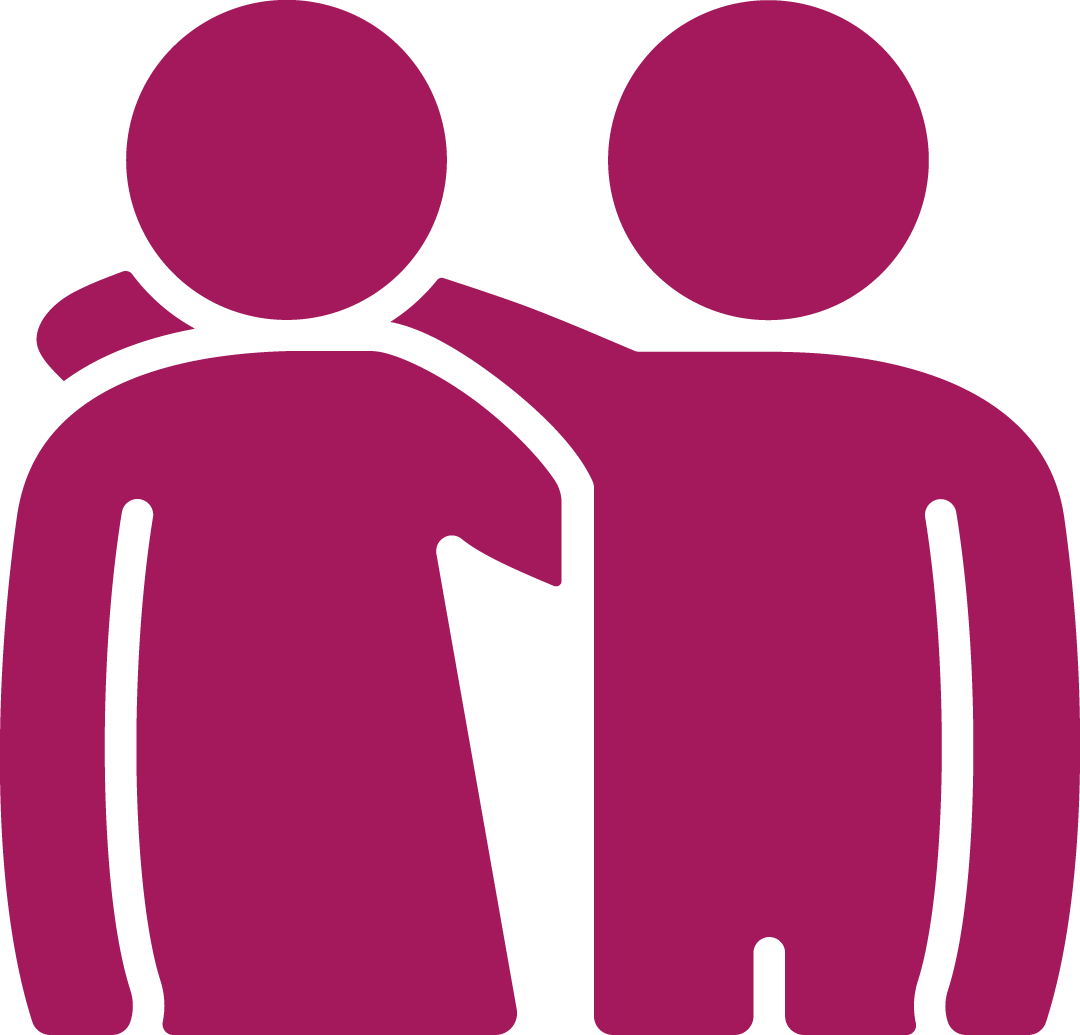 Family, Friends & Relationships
Family, Friends & Relationships
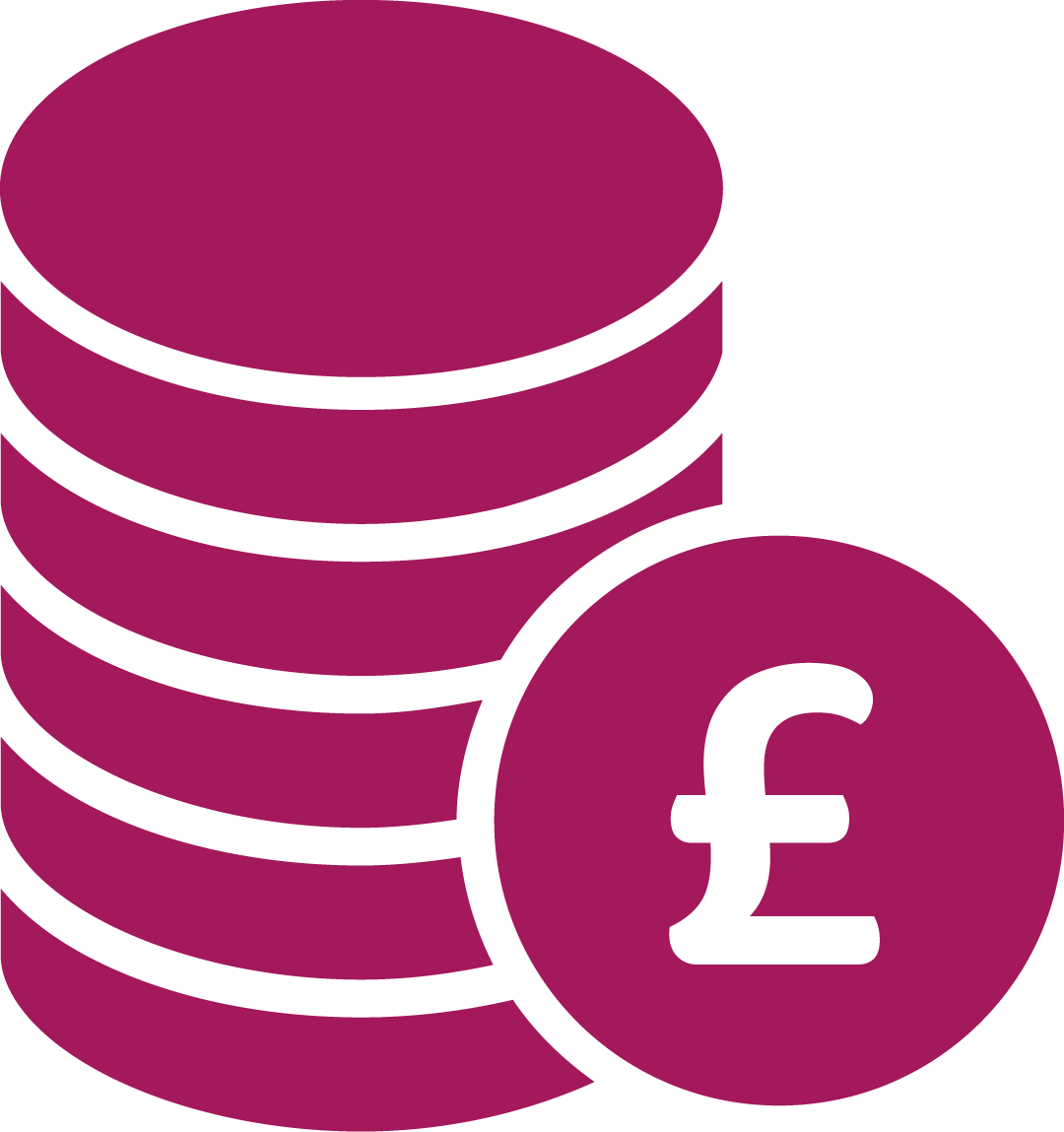 Money & Work
Money & Work